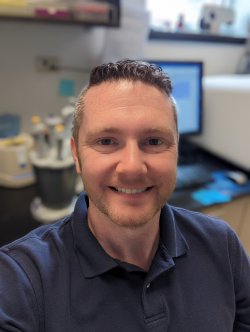Capillary electrophoresis (Sanger) Sequencing is still widely used and accepted as the gold standard of genetic sequencing due to its very high accuracy and has been used in research for the past 20 years.
It involves three stages once the sample is ready to be sequenced. Firstly a cycle sequencing reaction where the fluorescently tagged nucleotides are incorporated into any DNA present by using a specific primer. Next, the whole reaction must be cleaned up to remove all impurities. Finally, the sample is loaded onto the 3130 genetic analyzer where capillary electrophoresis produces an electropherogram which contains your genetic sequence.
Sequencing samples submission
General requirements
Please submit sequencing samples according to the instructions below.
- Email me a gel pic with the indicated bands and a positive and negative control if possible
- I require a labeled tube for the PCR product or plasmid ( Label plasmid tube with conc. in ng/µL) and a labeled tube for the forward and/or reverse primer (Do not combine primers) (Primer conc. should be 10µM)
- If you are setting up your own sequencing (ONLY for PCR) pre-mix please use 1.5µL PCR, 1.5µL single Primer (At concentration of 10µM) and 7µL water for a total of 10µL.
- Please clearly indicate a unique name for each sample and clear instruction if various primers are to be used
- Use the freezer in 310B marked ‘Sequencing samples’ to transfer your samples over to me, please email me when you leave samples.
If you have any questions feel free to contact:

